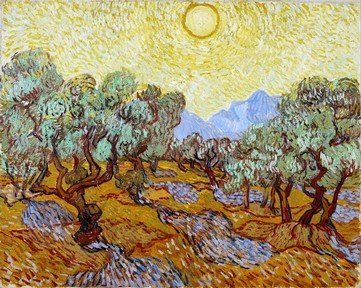Quiz Answer Key and Fun Facts
1. Which 15th century pieta has a name that includes a French town with half a bridge?
2. Which early Flemish artist painted the "Deposition" now in the Prado, Madrid?
3. In which Florence museum would you find Perugino's 1490 "Pieta"?
4. Who was the Spanish Renaissance artist who painted a pieta which is now found in the Philadelphia Museum of Art?
5. Which Dutch Post-Impressionist artist painted his pieta in 1890, a marked digression from his usual work?
6. Which Venetian museum holds Bellini's "Pieta" of 1505?
7. Which pieta bears the name of a town south of Avignon, and is now in the Cluny Museum in Paris?
8. In about 1600 a pieta which shows two cherubs, now in Naples's Capodimonte Museum, was painted by which Italian Renaissance artist?
9. In 1876 a French painter produced a pieta in a period of grief after his child died. Who was this tragic father?
10. Which Italian artist painted an unusual pieta showing a kneeling Mary holding the hand of the dead Christ?
Source: Author
davejacobs
This quiz was reviewed by FunTrivia editor
ponycargirl before going online.
Any errors found in FunTrivia content are routinely corrected through our feedback system.
